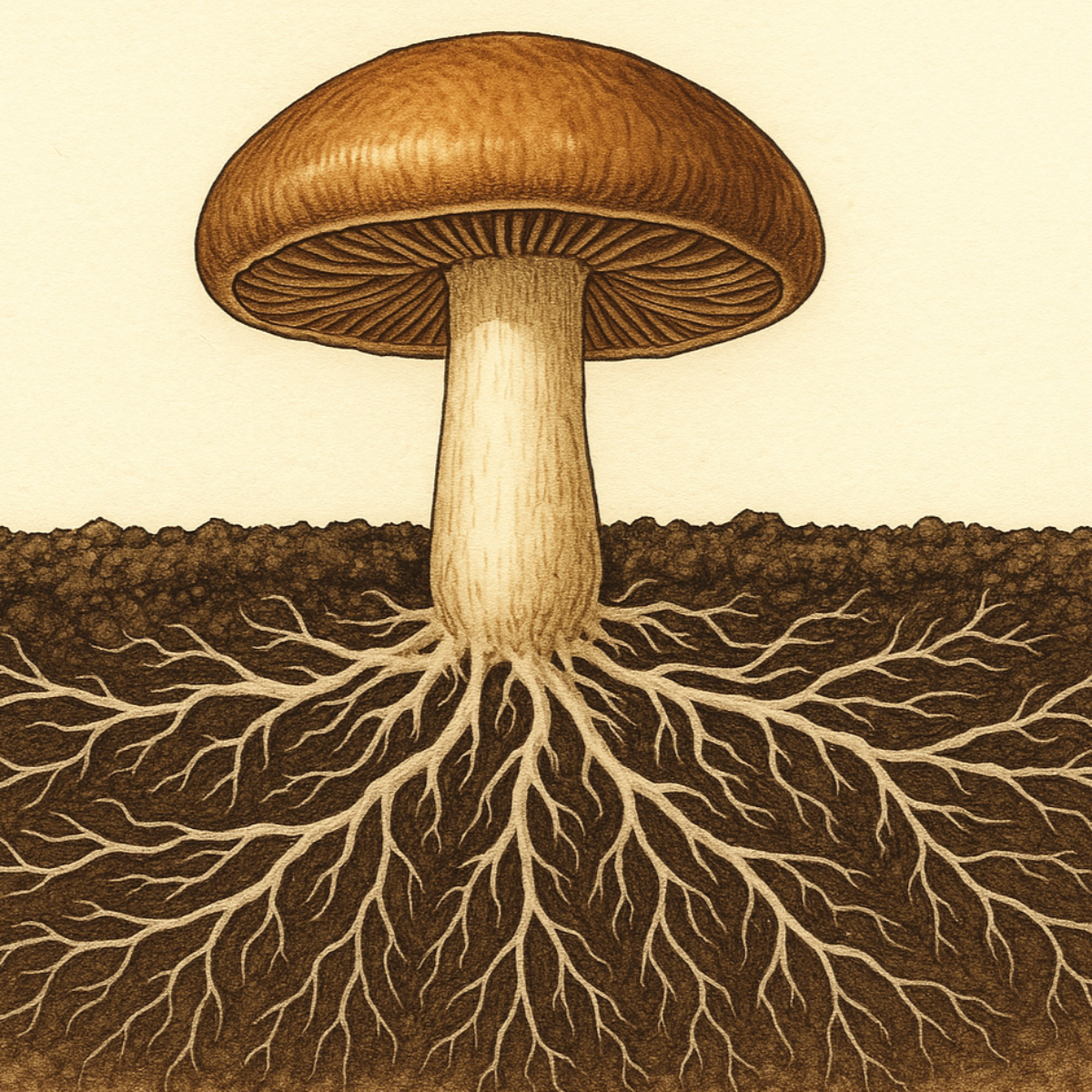
Mushroom Fruiting Body vs. Mycelium: What Science Says
Understanding the Difference: Mycelium vs. Fruiting Body Extracts
Not all mushroom supplements are created equal. If you’re taking mushrooms for their health benefits, knowing the difference between mycelium and fruiting body extracts is essential. At Druzy Fusion, we believe in transparency, potency, and using what’s been clinically validated: 100% fruiting body.
What is Mycelium?
Mycelium is the root-like structure of a mushroom that lives underground or in a growing medium like rice or oats. While it's part of the fungal organism, most commercial mycelium products are grown on grain—and never separated from it. That means a large portion of what you’re consuming isn’t mushroom, it’s grain starch.
- Often grown on rice, oats, or sorghum
- Low in clinically relevant active compounds
- High in filler starch and carbohydrates
- Rarely used in traditional herbal medicine
What is the Fruiting Body?
The fruiting body is the part of the mushroom you recognize—the cap, stem, and spores. This is where the majority of beneficial compounds are concentrated, including:
- Beta-glucans – for immune modulation
- Triterpenes – for stress support, anti-inflammatory benefits
- Antioxidants – for cellular health and longevity
Unlike mycelium, the fruiting body is what’s been used in traditional herbal medicine for centuries and is the subject of most clinical research on mushrooms.
Why It Matters: Potency & Efficacy
Many products on the market contain “grain-based mycelium" or "mycelium on grain”, which can dilute the therapeutic benefits of mushrooms. When you’re buying based on grams or milligrams, you deserve to know how much of that is actual mushroom—and how much is filler.
| Component | Mycelium on Grain | Fruiting Body Extract |
|---|---|---|
| Beta-Glucan Content | Low (often <10%) | High (20–50%) |
| Triterpenes | Trace or undetectable | Rich source |
| Starch & Filler | High (up to 70%) | Low to none |
| Used in Clinical Studies | Rarely | Frequently |
Check Your Labels
Most mushroom products will tell you if they use mycelium, but they don't expect you'll be educated enough to know why that's problematic.
Read the list of ingredients on the label. If it does not state 100% fruiting bodies, it's safe to assume it's made from mycelium.
Druzy Fusion uses only 100% fruiting bodies in our extracts, with no grain fillers and no compromises. If you care about potency, purity, and clinically supported results, make the switch to Druzy Fusion and experience the real benefits of functional mushrooms.
*These statements have not been evaluated by the FDA. Druzy Fusion products are not intended to diagnose, treat or cure any disease



Leave a comment
This site is protected by hCaptcha and the hCaptcha Privacy Policy and Terms of Service apply.